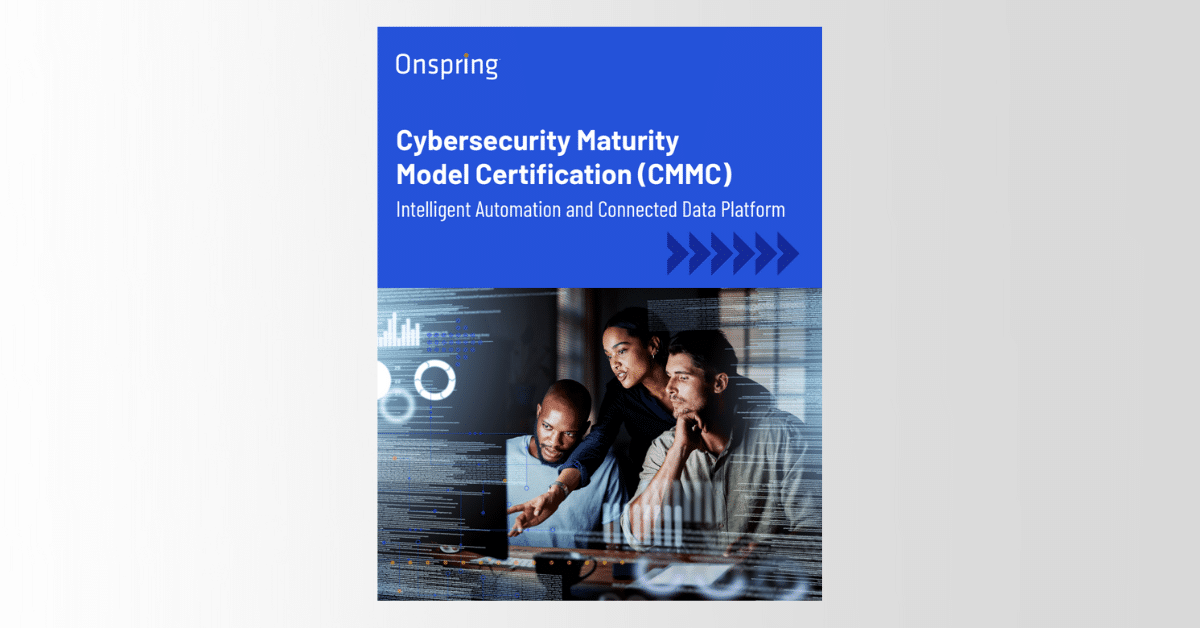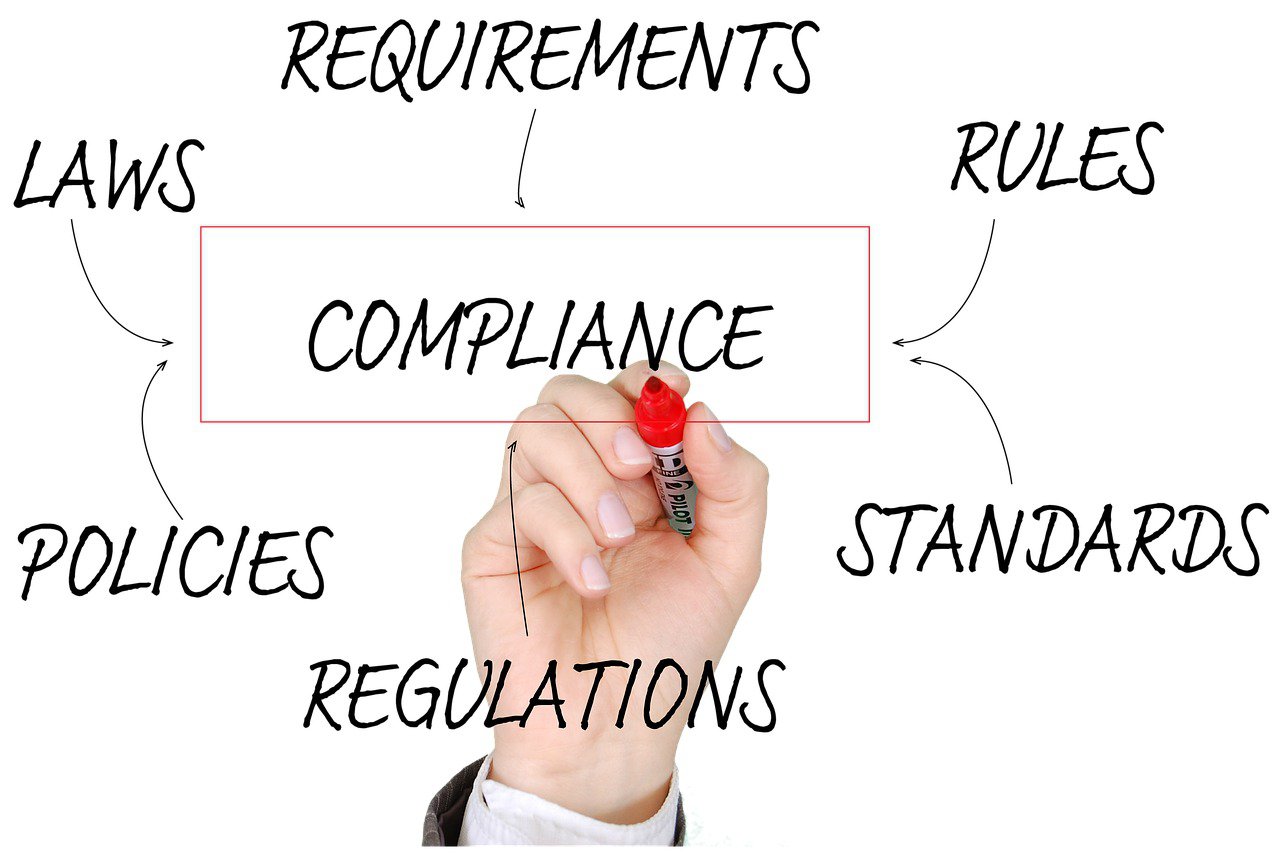Tried and true GRC principles can offer a strategic advantage in managing SOX compliance by ensuring governance, risk management and controls are seamlessly integrated. A GRC approach can not only simplifies the process but also empowers teams to proactively address risks and maintain robust control mechanisms.
To level set, the Sarbanes-Oxley (SOX) Act is a set of regulations that publicly traded companies operating in the U.S. must comply with to protect shareholders from corporate fraud. Embracing GRC principles as it relates to SOX requirements actually helps foster a culture of accountability and transparency, which ultimately yields more sustainable success in regulatory compliance. But before we discuss GRC practices and tools that can best enhance SOX compliance, let’s first explain SOX compliance and why it is so imperative.
History of SOX Compliance and Its Current Status
SOX compliance means adhering to the auditing, accounting, information security and financial reporting requirements mandated by the Sarbanes-Oxley Act of 2002.
Representative Michael Oxley and Senator Paul Sarbanes co-sponsored the act, which was a timely response to rampant financial scandals from public companies. At the time, big corporations, including Tyco, WorldCom and Enron, collapsed alongside auditing giants like Arthur Anderson. The intent of the SOX Act was to safeguard against such catastrophes.
The Burdens of Compliance
Fulfilling the new SOX compliance regulations was an operational roller coaster for internal auditors, line management and public accountants. The cost, resources and effort that companies required to achieve compliance were often over the top. Companies struggle to satisfy SOX compliance requirements because the new regulations were particular and overly complicated.
So, SOX introduced extensive changes to its compliance:
- Created the Public Company Accounting Oversight Board (PCAOB) to oversee public company auditors and firms and benchmark financial auditing standards
- Elevated financial reporting standards in line with the Financial Accounting Standards Board
- Held business executives personally liable for the accuracy of financial statements, disclosures and internal control structures of their companies
- Eliminated conflict of interest between accounting firms and public companies, forbidding accounting firms from doing SOX audits on the same companies for which they consulted
- Protected fraud whistleblowers by illegalizing retaliation against such personnel through harassment, demotion or suspension
Current Challenges
Almost two decades later, not all companies have fully optimized for more streamlined SOX compliance. A 2019 Deloitte Dbriefs webcast polled compliance professionals and relevant stakeholders who said they face three main SOX compliance challenges:
- 25% experienced a shortage of talent with SOX skills.
- 30% lacked efficient and affordable SOX automation technology.
- 31% lacked a standardized process for SOX control.
Fortunately, the rapid evolution of technology has engineered more stable and efficient techniques, practices and tools that facilitate SOX compliance.

SOX Compliance Automation
SOX compliance controls and processes can involve extensive financial paperwork that is time-intensive and tedious. For instance, according to SOX section 302, “Corporate Responsibility for Financial Reports,” a corporate chief executive or chief financial officer must sign all their company’s quarterly and annual financial reports to affirm their accuracy. That may sound reasonable enough, but without efficient financial reporting software, company staff and executives spend countless hours verifying and reporting this and other types of financial data. Additionally, the compliance costs can snowball due to the need for extra personnel to help complete the reporting process.
Although compliance automation clearly benefits companies, executives haven’t implemented it with as much zeal. In 2022, PwC research found that only 15% of a business’s SOX controls and processes are automated. Companies that are slow to adopt compliance automation are perhaps prioritizing the automation of other revenue-generating processes, like product manufacturing and marketing.
For those companies that move forward with implementing compliance automation, they are seeing substantial reduction in SOX compliance costs. Telephone & Data Systems, Inc. (TDS) is one such company that enhanced their audit operational efficiency by automating SOX compliance and Generally Accepted Accounting Principles (GAAP) workflows using Onspring. After implementation, TDS saved 30 hours per week by automating audit and compliance reports.
PwC says modern businesses can reduce their compliance costs by 10% from a 15% increase in automation. More benefits of SOX compliance automation include:
- Enhances compliance accuracy: Manually combing through oceans of complex financial data is mind-numbing for human workers, and errors can easily creep in and compromise data accuracy. Automating such intricate tasks lowers the chances of mistakes, helping you present error-free compliance reports.
- Frees inundated compliance teams: Your GRC SOX compliance team will reduce their time on task and use the extra time for more strategic activities like risk management or researching emerging compliance factors.
Integration of GRC Tools
GRC tools enable organizations to streamline compliance on a unified platform. Such a platform alleviates compliance complexities, monitors risks in real time and optimizes compliance costs. But that’s only scratching the surface. Thanks to cross-mapping functionality, advanced GRC tools for SOX support regulatory compliance mapping.
Reliable GRC tools seamlessly connect internal controls with fundamental compliance regulations, such as SOX by leveraging their cross-reference capacity. Once they meet SOX compliance requirements, they create a central data repository to store and optimize all SOX compliance data.
For instance, say you have three audit committees overseeing your financial statements and internal and external audits for SOX reporting. Integrating your GRC audit tool with your SOX requirements will give all three audit committees real-time access to the requisite audit data. This fosters collaboration among the committees and reduces redundant compliance workflows.
On top of streamlining workflows and unifying data into a single platform to boost data visibility, reliable GRC tools empower you to:
- utilize Application Programming Interfaces (API) to integrate more regulatory requirements like the Health Insurance Portability and Accountability Act (HIPAA) or Payment Card Industry Data Security Standard (PCI-DSS)
- leverage relevant apps that support and enhance real-time SOX compliance monitoring
- mitigate third-party vendor risk more efficiently, and with integrated assessments, due diligence is more accessible and faster
- facilitate SOX compliance automation through cross-mapping
Risk Assessment and Management
SOX risk assessment is essential in fortifying a company’s business continuity as it influences decisions involving Internal Control over Financial Reporting (ICFR) and identifies high-level risks needing immediate attention. Through continuous risk assessment, you can extensively investigate the root cause of risks and implement mitigation strategies to keep risks manageable.
Today, cybersecurity risks are among the high-level risks impacting ICFR, more so because SOX reporting and management are now digitized. Business leaders must create a modern risk management infrastructure that’s dynamic enough to accommodate evolving data risks, shifting auditor requirements and regulatory changes.
Continuous risk assessment keeps your company SOX compliant and safeguards your financial assets from existing and emerging compliance threats. We recommend these five steps to conduct risk assessment for SOX compliance:
- Step 1: Calculate planning and overall materiality and issue a financial statement line item (FSLI)
- Step 2: Implement company scoping
- Step 3: Map FSLIs to business processes
- Step 4: Perform qualitative and quantitive analysis
- Step 5: Do IT scoping to determine what applications to use for IT General Controls evaluation
Warner Bros. Discovery is a prominent example of a company that achieved colossal time and cost savings after implementing Onspring’s all-in-one GRC solution and following GRC practices. The global entertainment giant saved countless dollars and hours after implementation

Real-Time Reporting and Monitoring
Real-time SOX compliance monitoring and disclosure are significant SOX compliance requirements. Because data is the currency of GRC SOX compliance, the public, shareholders and auditors must access live, real-time information. Accessing and reviewing critical data in real time gives a company and its shareholders ample time to research deeper and make informed investment decisions.
Continuous financial data reporting and analysis enable you to detect errors in real time and correct them before they compound and infect other data sets. It also gives you and the auditors a constant update of your organization’s operational security and financial health. (However, you must first implement reporting best practices for SOX compliance to get such results.)
Cost-effectiveness of GRC Practices for SOX Compliance
GRC tools available in the market today have made implementing GRC practices more affordable in terms of time and money. By integrating automated workflows, organizations can streamline compliance processes, reducing manual effort and minimizing errors. Risk management frameworks help identify potential threats early on, allowing for proactive mitigation strategies that protect financial data integrity. Plus, real-time monitoring capabilities ensure continuous oversight of compliance status, enabling swift response to any discrepancies.
Taking a GRC approach to SOX compliance means that you’re working to seamlessly integrate your work with other governance, risk and compliance activities. This holistic approach ensures all aspects of your company’s operations are aligned and working together efficiently. With a point solution, you might end up with siloed processes that require additional effort to coordinate.
By taking a full-bodied GRC approach, you not only fulfill more GRC compliance requirements quickly and efficiently but also optimize resources to achieve a robust SOX compliance posture.
Request a demo today to find out how you could improve your SOX compliance strategy.



